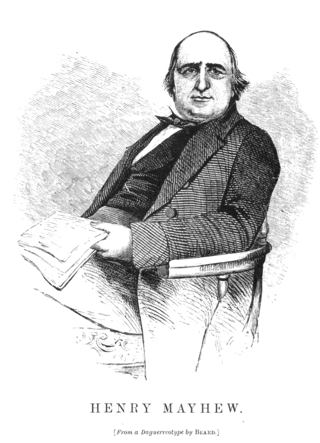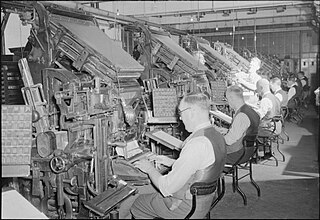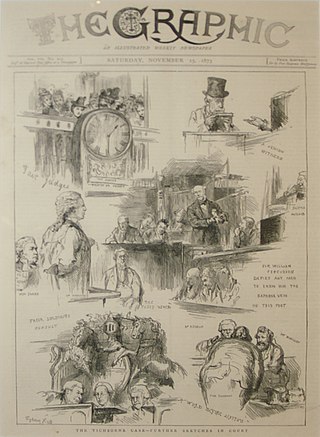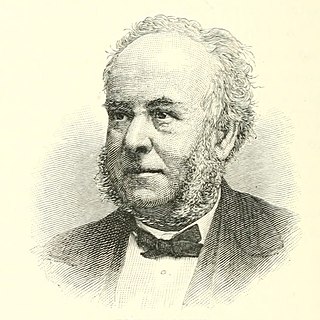

The Penny Illustrated Paper and Illustrated Times was a cheap (1d.) illustrated London weekly newspaper that ran from 1861 to 1913.


The Penny Illustrated Paper and Illustrated Times was a cheap (1d.) illustrated London weekly newspaper that ran from 1861 to 1913.
Illustrated weekly newspapers had been pioneered by the Illustrated London News (published from 1842, costing fivepence): its imitators included the Pictorial Times (1843–48), and – after the 1855 repeal of the Stamp Act – the Illustrated Times .
With the abolition of paper duty in 1861 it was possible to envisage an even cheaper mass-circulation illustrated weekly.
The first issue, 12 October 1861, announced itself confidently under the masthead "PENNY ILLUSTRATED PAPER: With All the News of the Week": "A new era opens upon the people. In producing a paper for the million, let us plainly say, we want be esteemed the friend of the people ... A new era is opened to us by the Repeal of the Paper Duties"
The paper was apparently initially the charge of Ebenezer Farrington, but the wife and sons of the recently deceased Herbert Ingram, proprietors of the Illustrated London News, also seem to have been behind the venture. [1]
A well-known work by Harry B. Neilson, Mr Fox's Hunt Breakfast on Xmas Day, was created for issuing as a chromolithograph with the Christmas edition of the Penny Illustrated Paper in December 1897. [2]
The weekly newspaper ceased publication in 1913.

Henry Mayhew was an English journalist, playwright, and advocate of reform. He was one of the co-founders of the satirical magazine Punch in 1841, and was the magazine's joint editor, with Mark Lemon, in its early days. He is also known for his work as a social researcher, publishing an extensive series of newspaper articles in the Morning Chronicle that was later compiled into the book series London Labour and the London Poor (1851), a groundbreaking and influential survey of the city's poor.

The history of British newspapers dates to the 17th century with the emergence of regular publications covering news and gossip. The relaxation of government censorship in the late 17th century led to a rise in publications, which in turn led to an increase in regulation throughout the 18th century. The Times began publication in 1785 and became the leading newspaper of the early 19th century, before the lifting of taxes on newspapers and technological innovations led to a boom in newspaper publishing in the late 19th century. Mass education and increasing affluence led to new papers such as the Daily Mail emerging at the end of the 19th century, aimed at lower middle-class readers.
Charles Knight was an English publisher, editor and author. He published and contributed to works such as The Penny Magazine, The Penny Cyclopaedia, and The English Cyclopaedia, and established the Local Government Chronicle.

The Illustrated London News appeared first on Saturday 14 May 1842, as the world's first illustrated weekly news magazine. Founded by Herbert Ingram, it appeared weekly until 1971, then less frequently thereafter, and ceased publication in 2003. The company continues today as Illustrated London News Ltd, a publishing, content, and digital agency in London, which holds the publication and business archives of the magazine.

John Cassell was an English publisher, printer, writer and editor, who founded the firm Cassell & Co, famous for its educational books and periodicals, and which pioneered the serial publication of novels. He was also a well-known tea and coffee merchant and a general business entrepreneur. A fervent Christian, he campaigned throughout his life for the temperance movement in Britain, and for the reduction of taxes on publishing. He was a social reformer who recognised the importance of education in improving the life of the working class, and whose many publications, both magazines and books, brought learning and culture to the masses.

The Graphic was a British weekly illustrated newspaper, first published on 4 December 1869 by William Luson Thomas's company Illustrated Newspapers Ltd. Thomas's brother Lewis Samuel Thomas was a co-founder. The premature death of the latter in 1872 "as one of the founders of this newspaper, [and who] took an active interest in its management" left a marked gap in the early history of the publication. It was set up as a rival to the popular Illustrated London News.

Herbert Ingram was a British journalist and politician. He is considered the father of pictorial journalism through his founding of The Illustrated London News, the first illustrated magazine. He was a Liberal politician who favoured social reform and represented Boston for four years until his early death in the shipwreck of the Lady Elgin.
George Stiff (1807–1873) was an English engraver and newspaper proprietor.

John Latey was a British journalist and writer.
The Sketch was a British illustrated weekly journal. It ran for 2,989 issues between 1 February 1893 and 17 June 1959. It was published by the Illustrated London News Company and was primarily a society magazine with regular features on royalty, aristocracy and high society, as well as theatre, cinema and the arts. It had a high photographic content with many studies of society ladies and their children as well as regular layouts of point to point racing meetings and similar events.
The 19th-century Catholic periodical literature is unique in many respects. Most of the periodical publications in mainly Catholic countries can be regarded as "Catholic" literature up to a few decades before 1800: the editorial line is implicitly Catholic in most instances.

Lloyd's Weekly Newspaper, called the Sunday News after 1924, was an early Sunday newspaper in the United Kingdom, launched in 1842., ceased publication in 1931.

Edward Lloyd was a British London-based publisher. His early output of serialised fiction brought Sweeney Todd, Varney the Vampire, and many romantic heroes to a new public – those without reading material that they could both afford to buy and enjoy reading. His hugely popular penny dreadful serials earned him the means to move into newspapers.
The history of journalism in the United Kingdom includes the gathering and transmitting of news, spans the growth of technology and trade, marked by the advent of specialised techniques for gathering and disseminating information on a regular basis. In the analysis of historians, it involves the steady increase of the scope of news available to us and the speed with which it is transmitted.

Taxes on knowledge was a slogan defining an extended British campaign against duties and taxes on newspapers, their advertising content, and the paper they were printed on. The paper tax was early identified as an issue: "A tax upon Paper, is a tax upon Knowledge" is a saying attributed to Alexander Adam (1741–1809), a Scottish headmaster.

The Illustrated Times Weekly Newspaper was a British newspaper and rival to The Illustrated London News published between 1855 and 1872. The publisher was the Fleet Street bookseller David Bogue and the editor was Henry Vizetelly.
Illustrated may refer to:

Henry Bingham Neilson, who signed his work and was usually credited as Harry B. Neilson, less often as H. B. Neilson, was a British illustrator, mostly of children’s books.
Shurey's Illustrated was a one penny weekly illustrated newspaper launched during the Second Anglo-Boer War. While other illustrated papers launched at the time, such as The Illustrated War News, focused on the war, Shurey's Illustrated also covered other topics, including sports and social events. It was one of a stable of one-penny weekly illustrated papers managed by Charles and Henry Shurey.